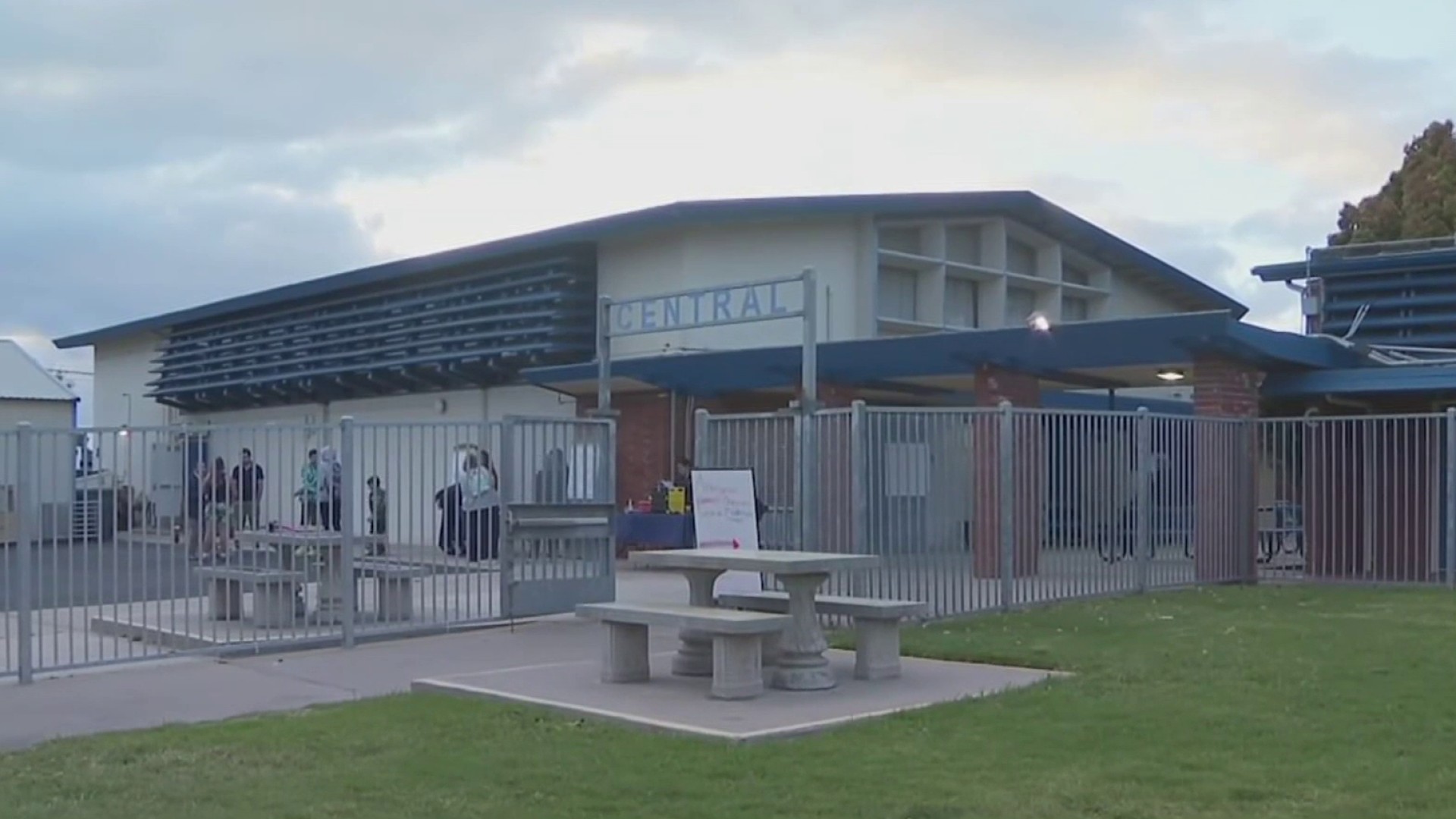Caltrans will soon use San Diego to test out a new program aimed at preventing wrong-way drivers from entering local freeways.
The city is no stranger to wrong-way drivers that have caused deadly crashes, tearing families apart. In most cases, drugs or alcohol were involved.
“The overwhelming majority of wrong-way drivers are impaired and not in a condition to be driving in the first place,” explained Caltrans Media Information Officer Edward Cartagena. “Caltrans is developing a pilot study for enhancements aimed at deterring wrong-way drivers at the offramps on select freeways in San Diego and Sacramento.”
Interstate 15 between the 805 and State Route 78 would get the new technology, including alerts triggered by radars and sensors that tell Caltrans a wrong way driver is on the freeway.
Flashing lights on wrong-way signs would try to deter the driver, and cameras snap pictures of the offender, sending it to Caltrans and the Highway Patrol dispatch in Kearney Mesa.
Will Cunningham knows the kind of pain a wrong-way driver can cause. His wife Alisa and three daughters were injured in 2013 when a man who CHP said was under the influence drove the wrong way on State Route 52 and collided with them.
The wrong-way driver died. Cunningham’s family survived but still dealing with injuries.
Local
Commenting on the proposed technology, Cunningham said, “It certainly seems like that would be a benefit. Then you could at least get folks out there early, and while it may or may not prevent something, it certainly alerts people and can let them know where to be, go and hopefully keep something terrible from happening.”
Cartagena said installation of the new technology should happen later this year.
“Information from the study will be collected over time and reviewed to determine the effectiveness of reducing wrong-way incidents,” explained Cartagena.
Cunningham hopes it can reduce wrong-way crashes like the one in May on SR-163 that took the lives of two UCSD medical students.
He wants no one else to feel the pain he and other victims have felt.
“The quicker you can implement it, the better you have a chance to see if it works, which is going to save who knows how many people,” he said.



